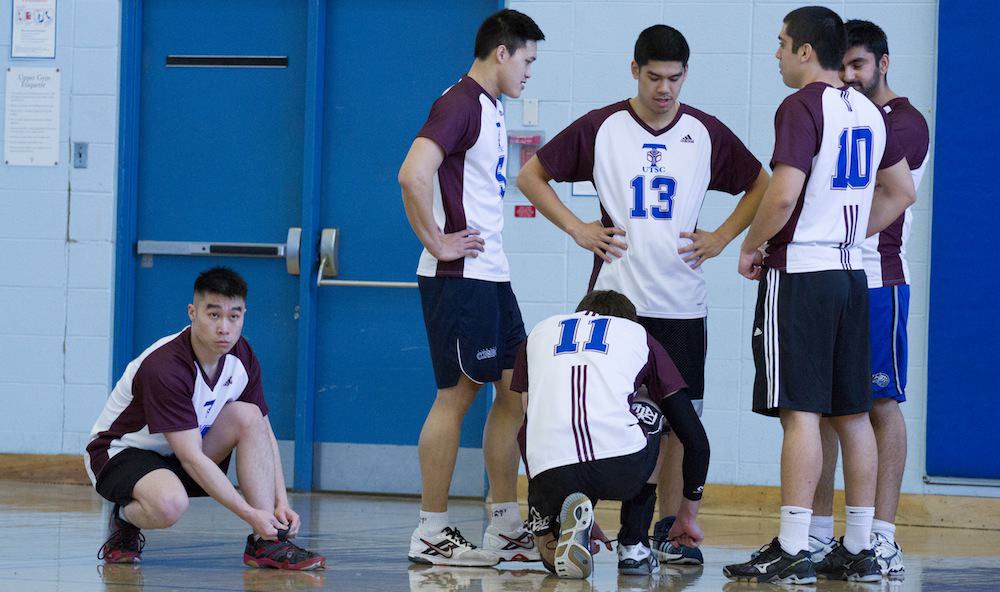The tri-campus sports program provides a platform for athletes seeking a more competitive level of sports. Many players who compete at the tri-campus level might not have made the cut at the varsity level. Additionally, tri-campus sports allow athletes to compete at a high level without making the same time commitment to the sport in terms of training and travelling, as varsity athletes.
There are a number of issues facing tri-campus sport. First, there is a lack of alignment with the varsity sports program and the intramural sports program. Michelle Brownrigg, director of physical activity and equity at the Faculty of Kinesiology and Physical Education stated that the Sport Model Review is seeking to address this issue.
“We are looking into having a stronger alignment with the intercollegiate program moving forward,” said Brownrigg. It seems that the sports remodel is looking to establish stronger links between tri-campus sports and intramural sports — opposed to improving the relationship between varsity level sports and tri-campus sports.
Establishing a strong link between tri-campus sports and varsity level sports seems like a more productive strategy if we want to see more positive results at the varsity level. Nevertheless, participation is extremely important and allows for the discovery of new athletes. Therefore, strengthening ties between intramural and tri-campus sports might also improve the fortunes of U of T’s varsity teams.
Another issue which is affecting tri-campus sport is the lack of advertising. Intramural representatives are responsible for publicizing and informing the student body of the workings of tri-campus sport. Additionally, Brownrigg confirmed that most forms of social media are utilized in order to make matters more accessible.
“Many universities envy our infrastructure in terms of the college and faculty division structure,” said Brownigg. With this excellent system in place, advertising should not be an issue.
Funding for tri-campus sports comes directly from annual student ancillary fees. Universites and its students have a customer-supplier style relationship.
As a customer who is paying for a service, students can expect more. It is clear that improvements in advertising need to be made in order to improve standards and participation.
Brownrigg acknowledged that advertising could be improved. She emphasized that there would be an effort to have more representatives, “on the ground,” informing students of what tri-campus level sports offer.
In general, the tri-campus level is effective as it provides an alternative to varsity and intramural level sports. Due to U of T’s reputation as an academic school, many students may not be able to balance both sports and academics. The more moderate level of commitment attached to tri-campus sports is extremely important as it allows people who may not want to commit much time to their sport to still participate. The Sport Model Review will undoubtedly have a determining impact on the program once it is released.


